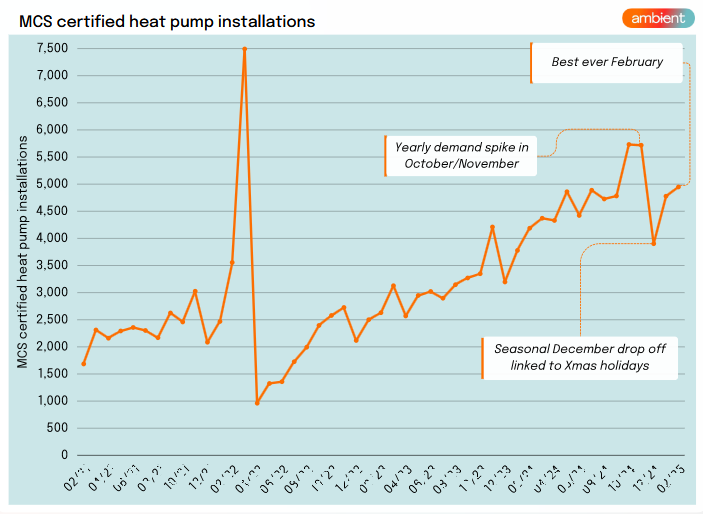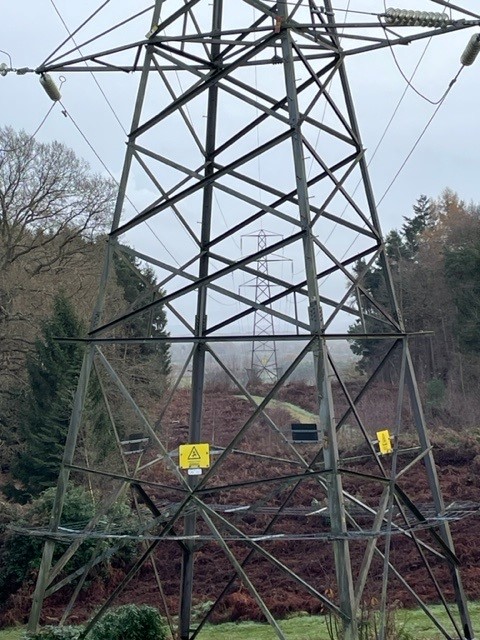An independent report from the Institution of Engineering and Technology (IET) compares costs and environmental impacts, carbon intensity, technology readiness and delivery time for a range of electricity transmission technologies.
The report aims to inform the Government's plans to re-wire Great Britain in the largest grid upgrade since the 1960s.
It finds that underground cables are, on average, around 4.5 times more expensive than overhead lines, and an offshore high voltage direct current (HVDC) point-to-point cable is around five times more expensive.
The report provides examples of deployment of key technologies to give specific amounts of capacity over specific distances, taking into account the effects of fixed costs and costs that depend on distance. For example, a typical 15 km long 5000MW overhead line has been estimated by the report’s authors to have a build cost of nearly £40m, with the equivalent underground cable costing around £330m and, in a new tunnel, £820m. Estimated operating costs are added to the build costs to get full lifetime costs.
David Reid, global practice leader, Integrated Electricity Networks, at Mott MacDonald, and lead author of the report, said: “The country’s electricity infrastructure will play a vital part in achieving the UK’s net-zero targets, but it needs to be significantly expanded and upgraded. This report provides valuable insight into the different technology options available and their relative merits. It will be a vital resource in supporting stakeholders with accelerating the necessary infrastructure development needed for UK society to achieve net-zero.”
© 2019 Perspective Publishing Privacy & Cookies







Recent Stories